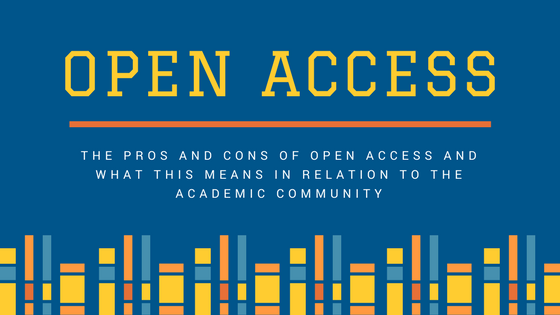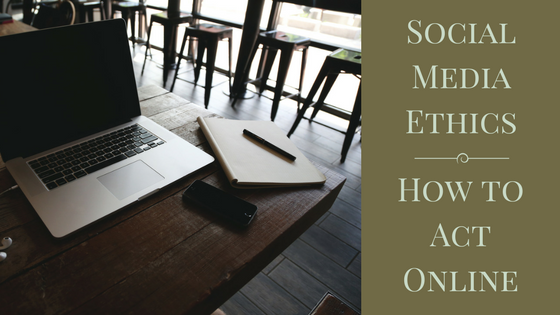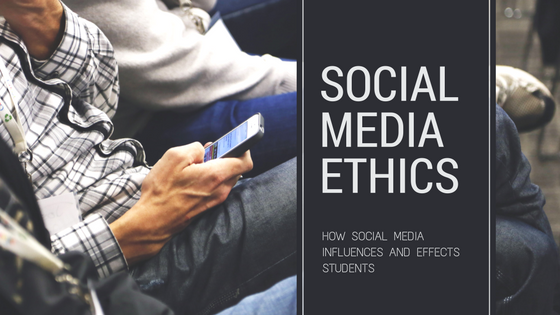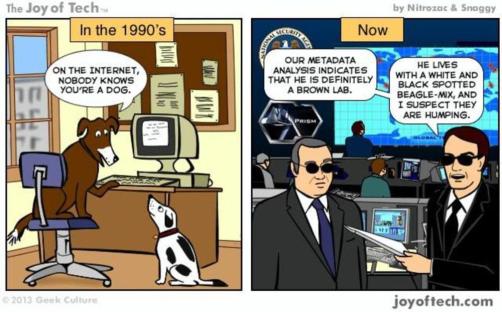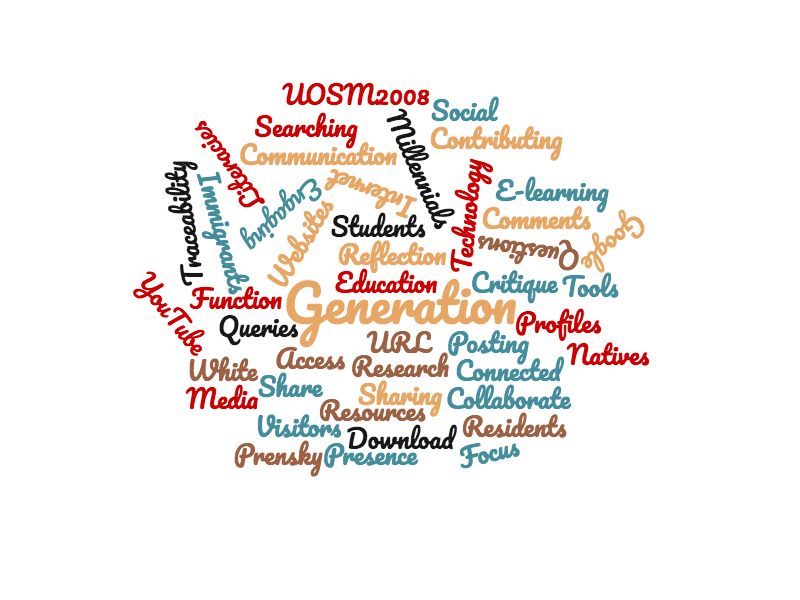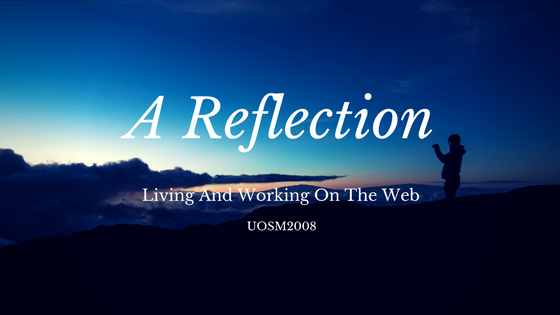
With Living and Working on the Web complete, what can I say I’ve achieved?
By researching the topics over the course of UOSM2008; presenting this information and discussing it online with others, I have gained a much better appreciation on how I use the internet and how I portray myself to others. My favourite topic being Topic 4, since my mum works in a primary school it seemed appropriate to research an area which could benefit the young children she works.
Below is a podcast, lasting 40 minutes, that Philip Archer-Lock and I did to summarise what we had learnt in each topic, produced by Philip (2017):
As explored in Topic 3, everything that you say online is permanent and can have long lasting effects on both your personal and professional life, like the case of Justine Sacco. With this in mind, I had been quite cautious when posting online before but throughout the module I have become more comfortable in posting onto online platforms, such as Twitter and Facebook.
At the beginning of this semester, I created a new twitter account specifically for this module, which I have used to promote my blog and will continue to utilise for my future professional presence. I further developed my professional profile by creating a LinkedIn account, which has only been active since February this year, both profiles are shown below:
Now that I have a deeper understanding to the image that I portray to users online, I can stay in control of that through my social media, professional accounts and this blog. This is a key point that I be mindful of as I move forward into the professional world, otherwise I too will succumb to the unforgiving nature of social media and become a pariah.
My hope for the future is that I will continue to blog in order to expand my online presence in a professional setting. The aim is to create a political and economical blog which would show off a number of key strengths; my economics knowledge which I have studied during university, that I am staying up to date with current affairs, having a strong online presence and the skills I have gained through this module.
Below is a self-created PowToon video summarising what I have achieved in Living and Working on the Web:
Overall, Living and Working on the Web has made me much more proficient in a number of skills which I hadn’t been exposed to before, namely media creation. Additionally, the online profiles that I had before this module began and the profiles made during UOSM2008 are noticeably different, with my newer accounts being more professional and of a higher quality.
So, in answer to my initial question, I can say I have achieved a lot and I am happy with the progression I have made, being surprised at how much there was to learn regarding my own online presence. In relation to my initial self-assessment here is how it stands:
| Rating at start of module | Comments | Rating at end of module | Comments | |
| Accessing, managing and evaluating online information
|
3 | As part of university work assessing the reliability of sources is crucial along with searching for the right information. | 4 | Although I had done this as a part of university work, this module has honed my ability to find the right information. |
| Participating in online communities
|
1 | I don’t usually follow along in online communities other than in facebook/whatsapp group messages. | 3 | I still haven’t done much of this other than in context of the module, however I am becoming more comfortable in engaging others online. |
| Building online networks around an area of interest
|
2 | I have put together a list of videos/links to easily find information I need on my interests, mainly youtube with a couple of different catergories and bbc good food. | 3 | This hasn’t changed all that much but when in a few topics came up I did group together information around an area I was interested in. |
| Collaborating with others on shared projects
|
4 | Collaborating with others is something I have had experience with; presentations, coursework, shows and meetings. | 4 | The score hasn’t changed but I still feel that I have developed collaborating skills in different areas to which I was used i.e. podcasts. |
| Creating online materials (text, audio, images, video)
|
1 | I have never made anything other than on paint but have not done anything with video editing or audio. | 4 | This has been the biggest area of improvement. I have gained a lot of knowledge in media creation websites such as Canva and PowToon. |
| Managing your online identity
|
3 | I try to keep everything either professional or not easily accessible for anyone just to flick through. | 4 | Since the beginning of this module I have created new online accounts which I will be able to manage well thanks to UOSM2008. |
| Managing your online privacy and security
|
4 | Checking privacy settings and the security of sites is a top priority of mine so I am experienced in managing this. | 4 | After Topic 3 I was more aware of the personal/professional crossover but this has not changed in relation to security. |
Bibliography:
Reflection of UOSM2008, YouTube video: Available here
UOSM2008 Review Podcast, YouTube video: Available here
Word Count: 498




